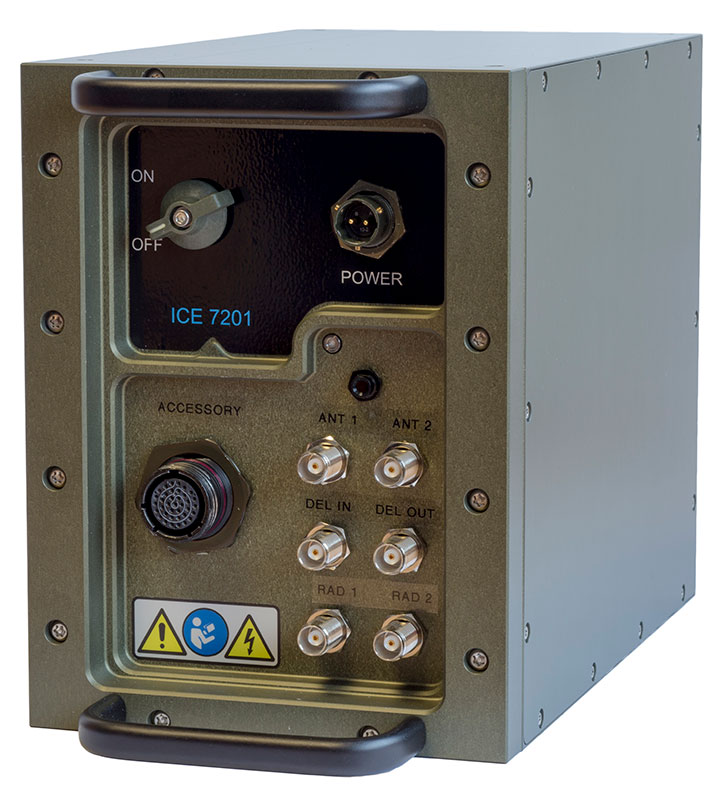
Command and special mission vehicles are often required to operate multiple networks to coordinate operations and transfer information to multiple users and subscribers. Since each radio requires an individual antenna for operation, the vehicle is soon covered with a ‘forest’ of antennae, clearly identifiable as a priority target.
The integration of multiple radios and other communications systems on a single platform or in a congested environment causes Radio Frequency (RF) interference that reduces the effective communications range and causes significant interference between radios and electronic systems on board. The more radios and are on board, the heavier the interference.
Cobham introduced today an Integrated Communications Environment (ICE) product range to improve existing communications systems on platforms. The ICE includes a multi-radio interference cancellation system coupled to high-performance multi-port V/UHF antenna. The ICE allows for an optimized co-site integration of radios whilst reducing the number of antennas required on each platform. The result is a significantly improved communication effectiveness and a reduction in the cost and ‘real estate’ of the antennas required.
“Cobham’s new ICE products allow users to streamline their communications systems without affecting performance or range which makes a critical difference during operations.” David Bulley, VP and General Manager of Cobham Antenna Systems said.
The ICE 7201 interference cancellation system helps restore the radio performance and
the operational range of single sets, it also facilitates enhanced frequency planning for operations incorporating multiple networks and channels, enabling closer separation between channels resulting in a significantly greater number of usable radio channels for a given spectrum allocation.
As the system simultaneously interconnects antennae with multiple radios the GD2049 high-performance multi-port V/UHF antenna enables the overall number of antennae used on ground platforms to be reduced through the introduction of two VHF ports with high port-to-port isolation.




















